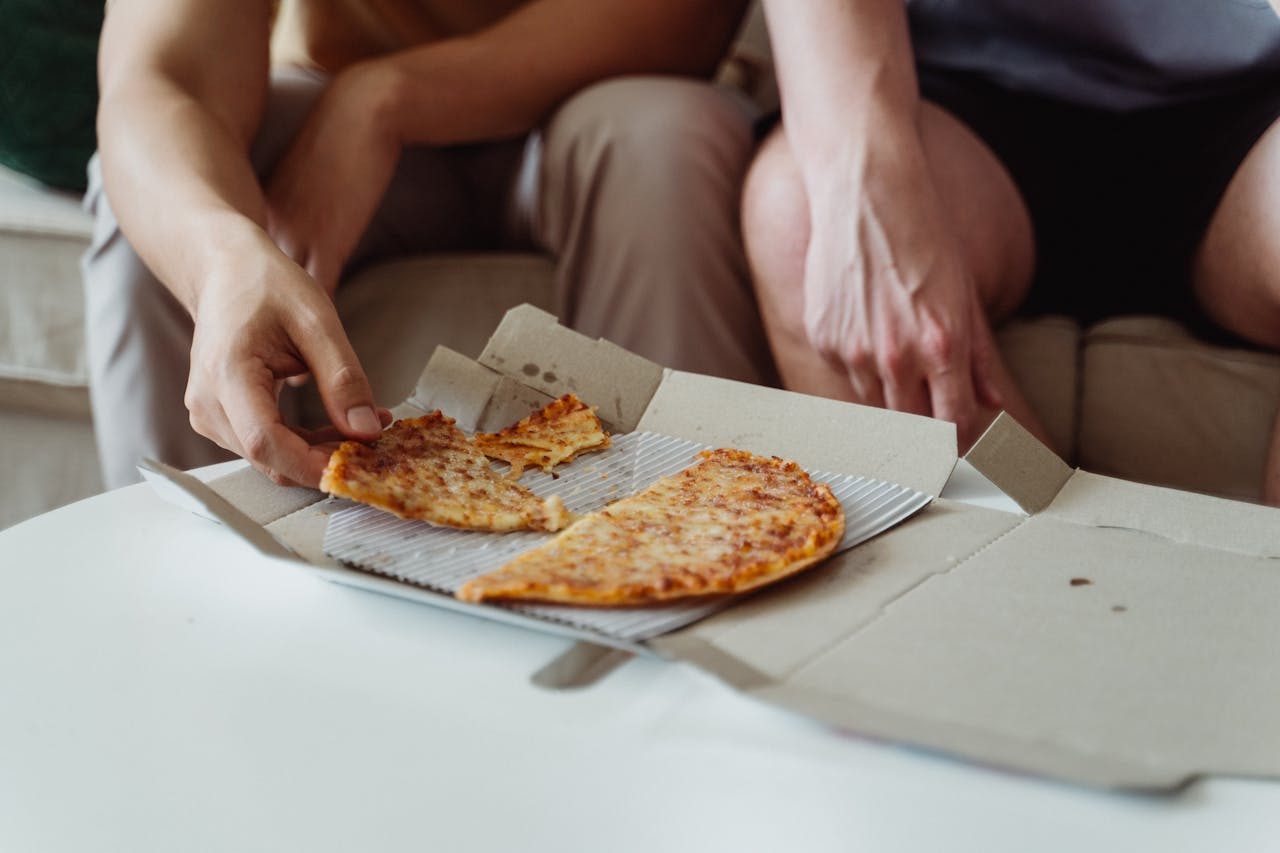Write Us: hello@ali5.org
Emotional Eating: What It Is and How to Regain Control
Struggling with emotional eating? Discover the real causes behind it and proven strategies to stop stress-based cravings and build a healthier relationship with food.

Honestly, we’ve all been there. That late-night desire for something sweet or salty after a hard day, eating out of boredom when there’s nothing else to do, or reaching for comfort food when life gets too much. People don’t like to talk about it, but emotional eating is real and happens more often than you might think.
But here’s the thing: food is not the enemy. Our relationship with food, though? That can get complicated. So, let’s break down what emotional eating really is, why it happens, how to spot it, and most importantly, how to take back control.
What Exactly Is Emotional Eating?
Emotional eating is when you use food to cope with feelings rather than hunger. It’s eating in response to emotions like stress, sadness, boredom, anger, loneliness, or even happiness. The problem isn’t occasional indulgence; everyone has comfort foods. The real issue starts when emotional eating becomes your go-to way to manage difficult feelings.
Why Emotional Eating Happens
It’s not just about willpower or discipline. Emotional eating is often tied to your brain chemistry and emotional conditioning. When you eat foods high in sugar, salt, or fat, your brain releases dopamine, a feel-good chemical. That temporary high becomes a reward loop: feel bad → eat → feel better (for a moment) → repeat.
Here are some common triggers:
- Stress: High cortisol levels can increase appetite and cravings.
- Boredom: Eating gives your brain something to do.
- Childhood habits: If you were comforted with food as a child, you may still associate it with emotional relief.
- Fatigue: Lack of sleep can mess with your hunger hormones.
- Loneliness: Food can feel like company.
Signs You Might Be Emotionally Eating
Not sure if your eating habits are emotionally driven? Here are some red flags:
- You eat when you’re not physically hungry.
- You crave specific comfort foods, usually junk or fast food.
- You feel guilty or ashamed after eating.
- Eating becomes a habit when certain emotions show up.
- You eat alone or in secret.
Physical Hunger vs Emotional Hunger
Learning to tell the difference can be a game-changer.
| Physical Hunger | Emotional Hunger | |
|---|---|---|
| Comes on gradually | ✓ | ✗ |
| Any food satisfies | ✓ | ✗ |
| Stops when full | ✓ | ✗ |
| Isn’t tied to emotions | ✓ | ✗ |
| Leads to guilt/shame | ✗ | ✓ |
How to Regain Control Without Going on a Diet
This isn’t about food rules or punishing yourself. It’s about awareness and replacing patterns that no longer serve you.
1. Pause and Check In
Before you reach for something to eat, ask yourself: Am I actually hungry? Or am I trying to soothe something else? This small pause can interrupt the automatic cycle.
2. Name the Emotion
Label what you’re feeling. Angry? Anxious? Lonely? Just identifying the emotion helps you process it instead of stuffing it down with food.
3. Find Other Comforts
Build a list of things that help you cope that don’t involve food. Think:
- Taking a walk
- Calling a friend
- Journaling
- Listening to music
- Taking a shower
4. Eat Mindfully
Slow down when you eat. Sit at the table. Notice flavors, textures, and how your body feels. Mindful eating helps you reconnect with real hunger and fullness cues.
5. Keep Trigger Foods Out of Sight
You don’t have to ban chocolate forever, but keeping tempting snacks out of easy reach makes it less likely you’ll reach for them impulsively.
6. Get Enough Sleep
Lack of rest messes with leptin and ghrelin, two hormones that regulate appetite. Being well-rested makes everything easier, including saying no to cravings.
7. Talk to Someone
Sometimes emotional eating is tied to deeper issues. Therapy, support groups, or even just venting to a friend can be powerful.
What This Is Not About
This is not about moralizing food. You’re not bad for eating ice cream when you’re sad. Food is emotional. That’s okay. But when eating becomes the only way you handle emotions, it can get in the way of real healing.
You don’t have to be perfect. The goal isn’t to never eat emotionally again. The goal is to understand why you do it and develop more tools so that food doesn’t become the only one in your emotional toolbox.
Final Thoughts
Regaining control over emotional eating starts with compassion, not shame. You’re not weak. You’re human. Everyone has their version of coping. The good news? Habits can change. Emotions pass. You can teach your body and mind new ways to feel okay without using food as a crutch.
Start small. One decision at a time. Over time, you’ll build trust with yourself, and that’s what real control looks like.







